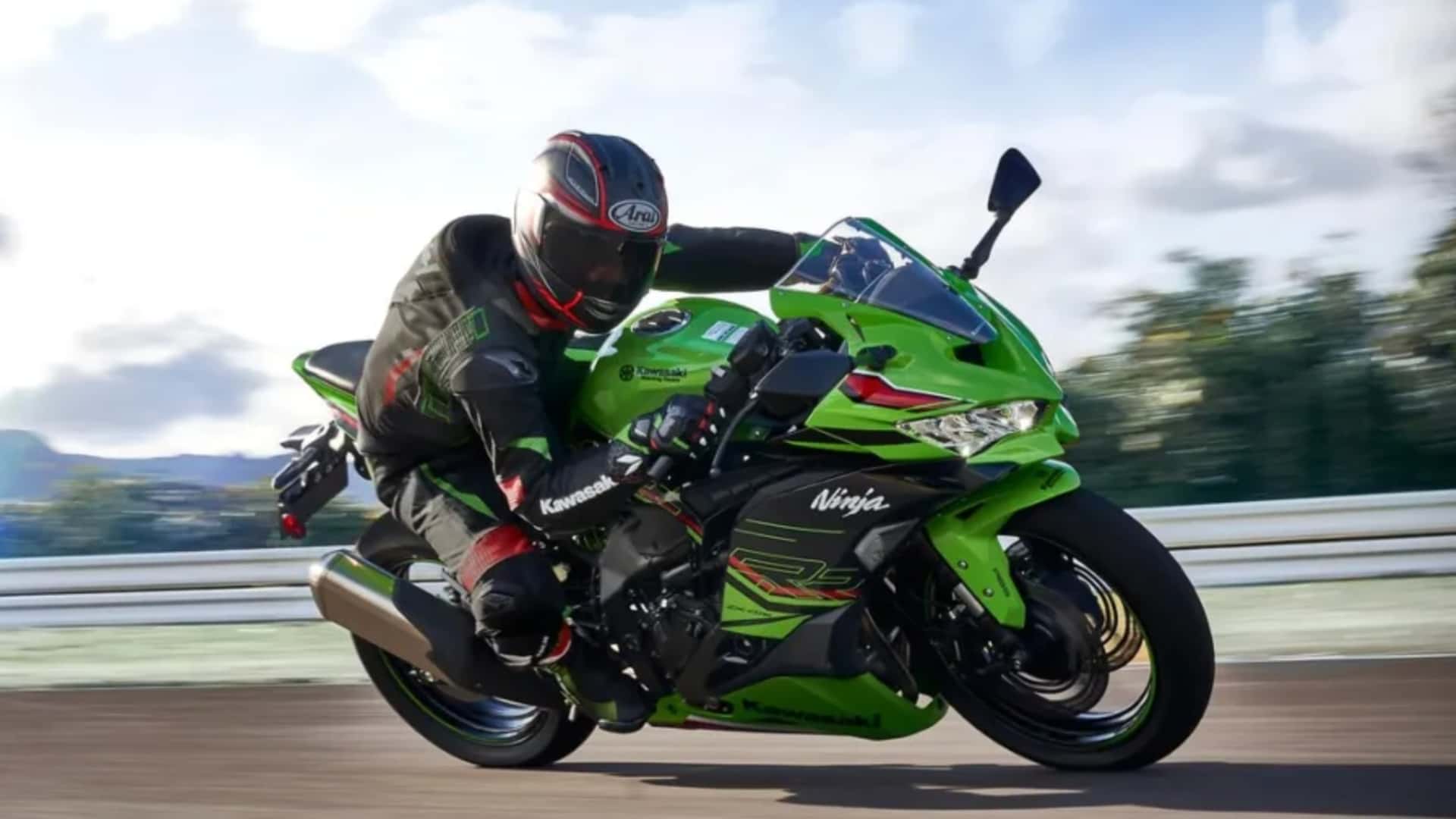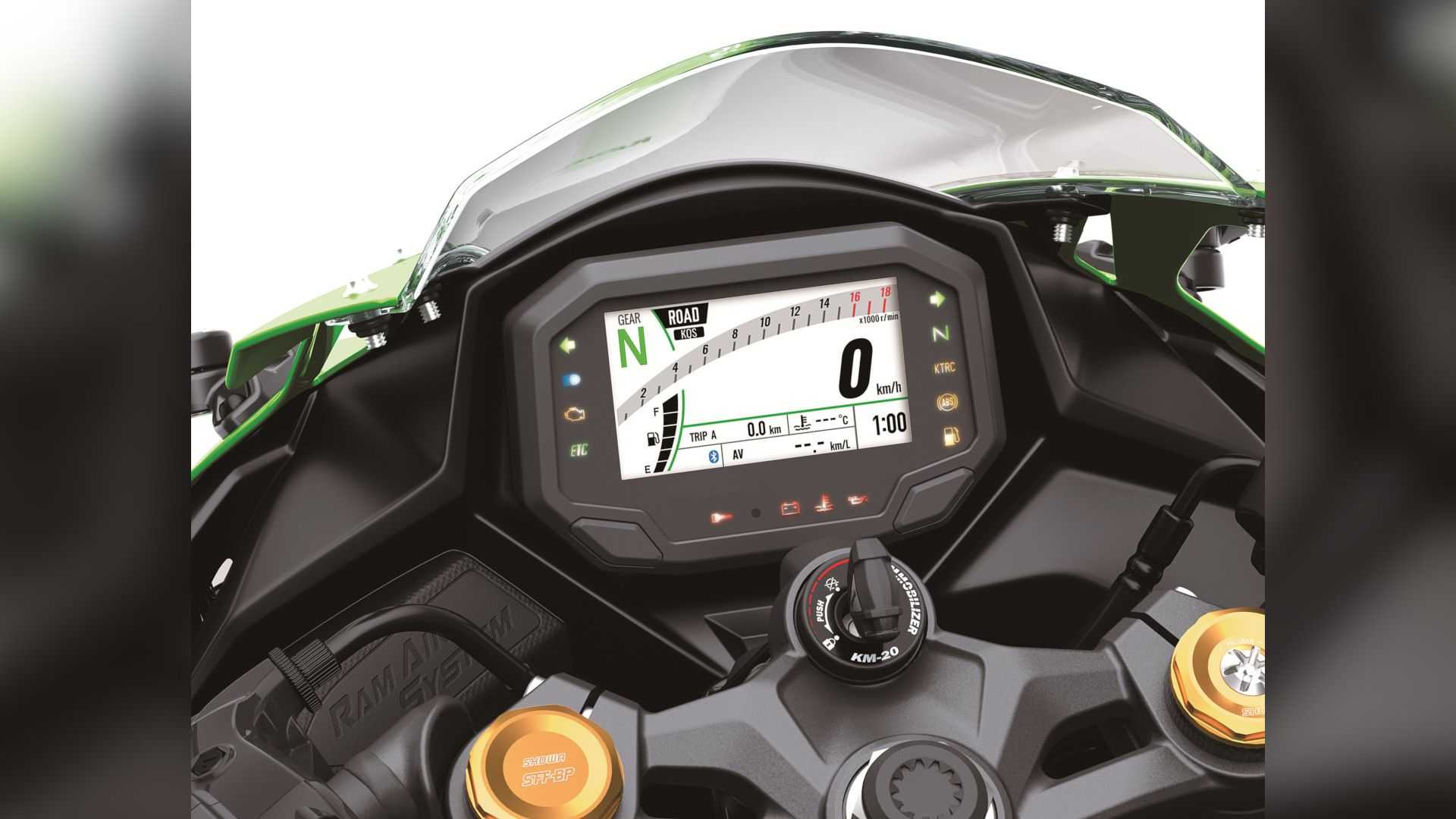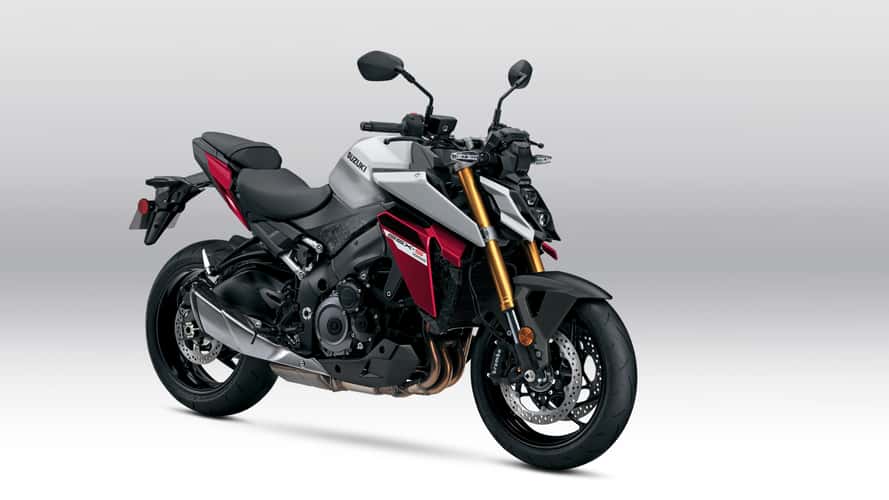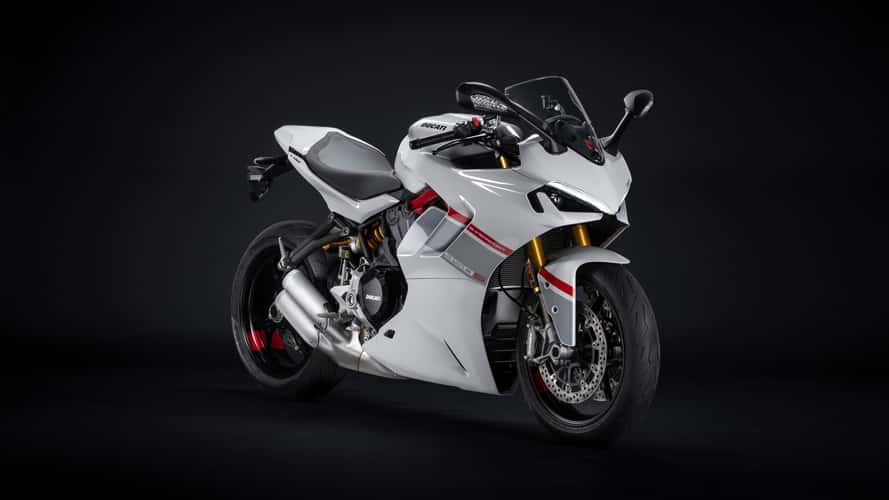Kawasaki Launches Premium ZX-4R Sportbike in India
Kawasaki has set itself apart from other manufacturers by introducing unrivaled sportbikes to the market. The Ninja ZX-25R, the only modern-day four-cylinder 250cc engine, was the first example of this. More recently, Kawasaki launched the Ninja ZX-4R and ZX-4RR, which are now available in the US market.
Similar to the smaller ZX-25R, the ZX-4R features a small four-cylinder engine, but with more displacement and power. This premium model has just been released in the Indian market, generating excitement among enthusiasts. However, it comes with a higher price tag compared to the Ninja 650. Priced at Rs 849,000 ($10,200 USD), the ZX-4R is closer in price to the Z900, which retails for Rs 920,000 ($11,054 USD).
It's worth noting that the Kawasaki Ninja ZX-4R is not available in the US, but its premium variant, the ZX-4RR, is. The ZX-4RR is even cheaper than the base model in India, priced at $9,699 USD. Due to import tariffs, the ZX-4R commands a premium price in India. However, this performance-oriented model has always had a niche following, so the higher price is unlikely to deter die-hard enthusiasts.
In terms of design, the ZX-4R bears resemblance to its Team Green siblings, particularly the Ninja 400. It is equipped with a 399cc inline-four engine that produces 77 horsepower at 14,500 rpm and 28 pound-feet of torque at 13,000 rpm. With the help of a RAM air intake, the power can be increased to 80 horsepower, nearly double that of the Ninja 400 with the same displacement.
For handling, the ZX-4R features a 37-millimeter Separate Function USD fork at the front and a monoshock at the rear. It relies on two 290-millimeter discs at the front and a single 220-millimeter disc at the rear for braking power. The sportbike is equipped with 17-inch wheels and 120/70 tires at the front and 160/60 W-rated rubber at the rear.
In terms of technology, the ZX-4R offers premium components expected from its larger counterparts. It features a sleek 4.3-inch TFT console with smartphone connectivity, enhancing the riding experience. The TFT display offers two modes: "Normal" mode for everyday essentials and "Circuit" mode for a racetrack-ready display.



